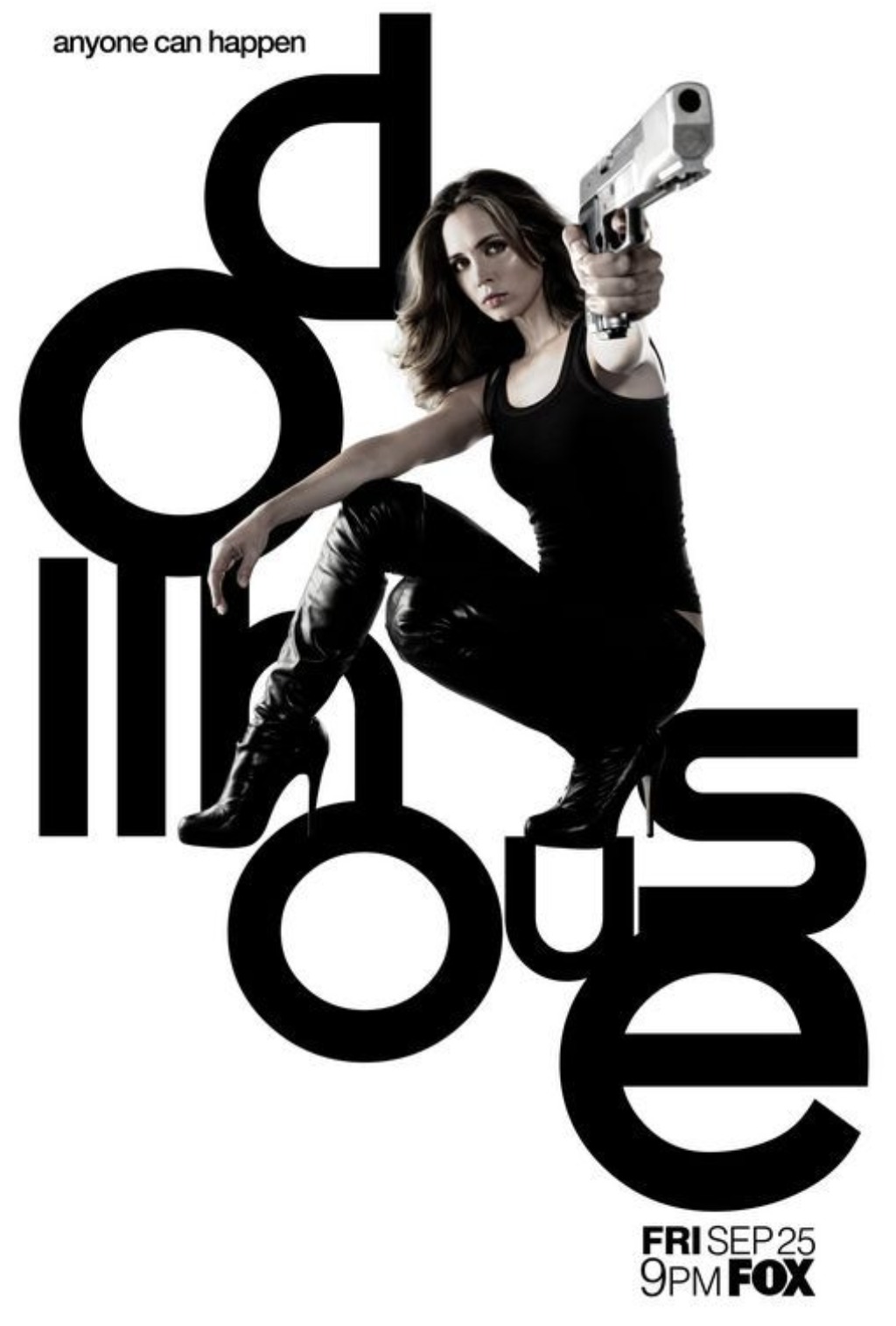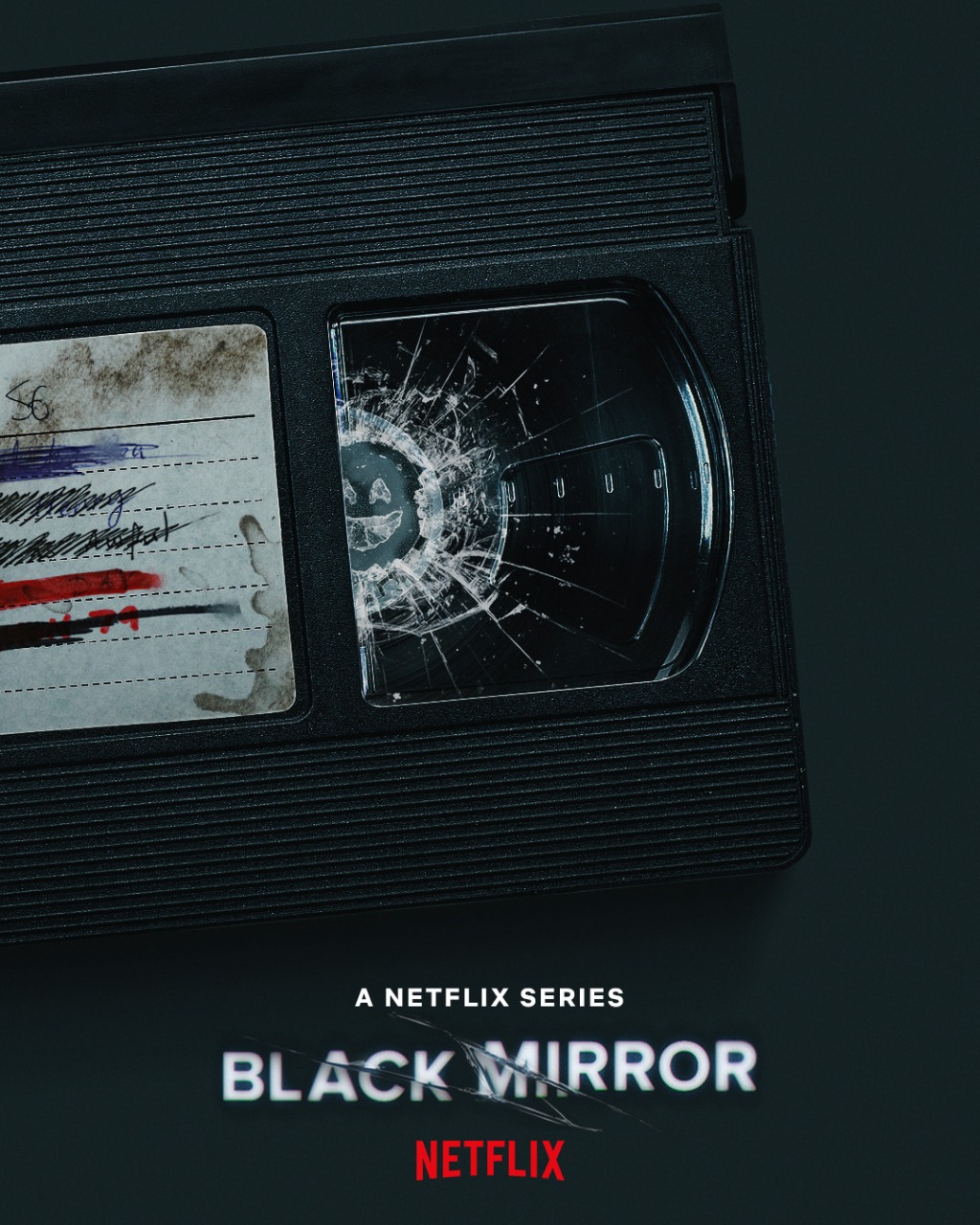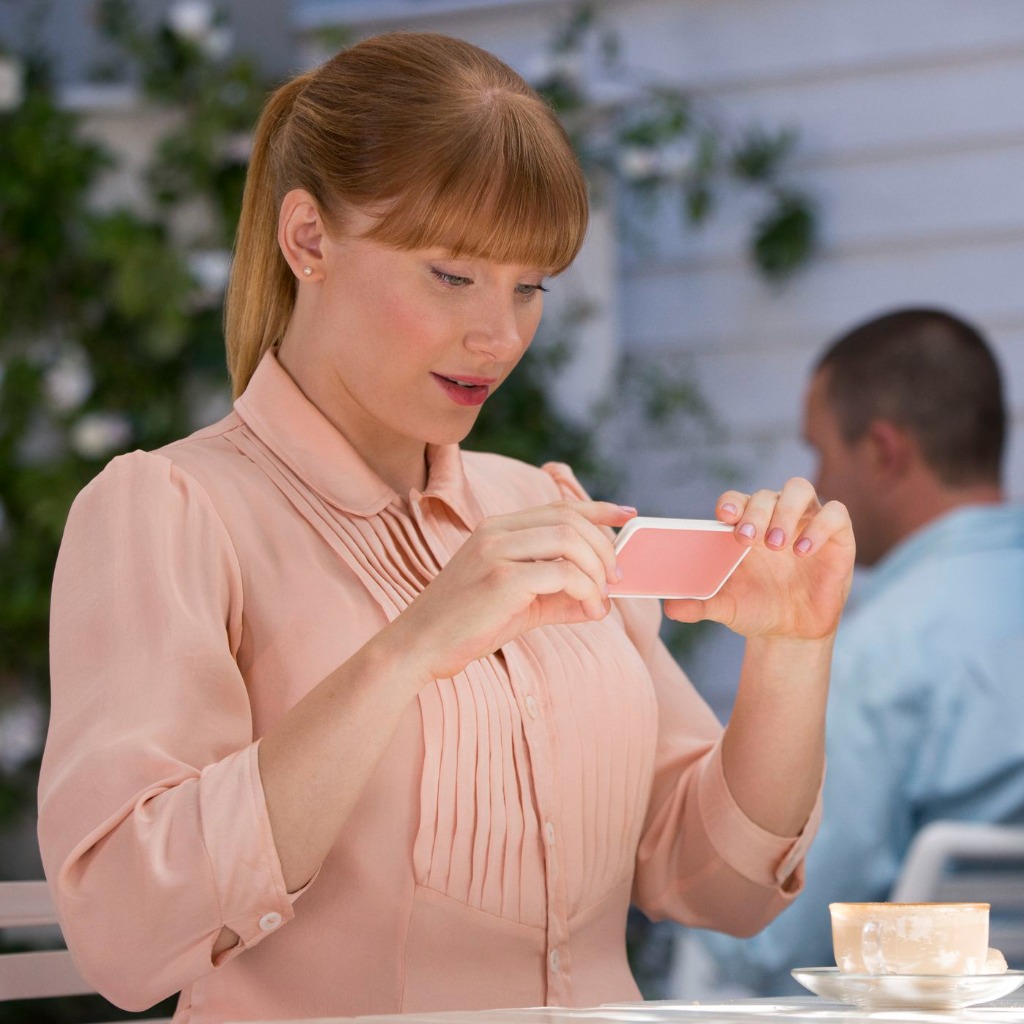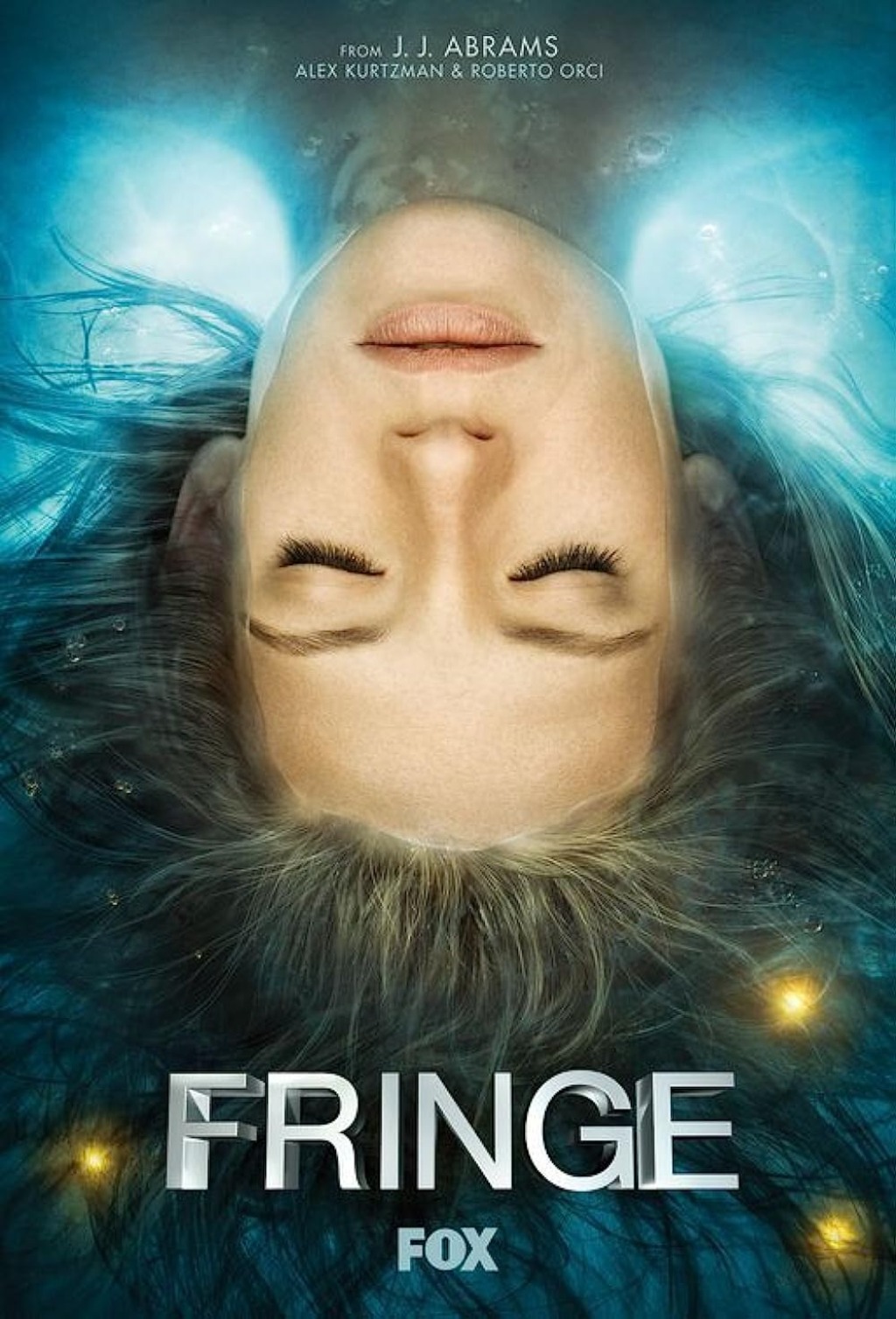short-formWe've spent the past several weeks delving deep into two fascinating subgenres—low fantasy and earthbound science fiction. For low fantasy, I provided a guide to what low fantasy is and some TV shows and movies in the genre you can study.
Now I’m giving earthbound science fiction the same treatment. Last week we discussed the definition of earthbound fantasy and I offered some book and short story recommendations. This week we’ll cover a few earthbound science fiction TV shows that might give you some inspiration for your own writing.
As I often like to do with my ongoing TV show and movie series, I’ll describe the first few minutes of an episode in detail to give you a sense of what makes the show work so well. That way, even if you don’t subscribe to the streaming service where you can watch the show, you’ll still be able to get some idea of its strengths.
Here are three earthbound sci-fi shows you can study to improve your writing.

Dollhouse: Inventive Premise
Where to watch it: Hulu
A few weeks back I included Buffy the Vampire Slayer in my list of low fantasy TV shows. While not as well-known, Joss Whedon’s Dollhouse is another fantastic story that showcases the showrunner’s expansive imagination. Instead of vampires and the warriors who slay them, Dollhouse focuses on advanced technology that can both wipe a person’s personality clean and imprint them with a new one with whichever specialized skills a job requires. There is a well-hidden “Dollhouse” where Dolls (people whose personalities have been wiped) live and are routinely imprinted with different personas and sent out to complete assignments revolving around sexual encounters, heists, assassinations, and more.
The first episode of the show begins with Caroline and Adelle sitting across from each other at a table. Adelle says she can offer Caroline a clean slate and encourages her to “volunteer”. Caroline replies that she doesn’t have a choice and she was just trying to make a difference. Adelle says that after a five-year term, Caroline will be free. Caroline says actions have consequences, and Adelle asks, “What if they didn’t?”
Then we cut to two motorcycles racing down the street. One of the riders is revealed to be Caroline, and she and the young man on the other motorcycle ride right into the building where his birthday party is being held. The two dance and it’s revealed that they have spent the weekend together. He gives her a necklace and they kiss, then Caroline walks away and her expression becomes abruptly serious. She walks outside to a van where Boyd, her handler, asks if she’s ready for her treatment and she gets into the van.

In a parking garage, we see a woman dressed in a kimono and another handler getting into a van as Caroline and Boyd get out of theirs. Caroline asks Boyd if she can return to the party after her treatment and he simply tells her, “I’ll wait right here.” Inside the Dollhouse she continues to talk about the guy she met as she changes into a tank top and yoga pants and sits in what looks like a dentist’s chair. A blue light around her head turns on and we see flashes of her memories of the weekend in reverse, then of this persona’s entire life. At the end of the wipe, Topher (who performed the wipe) greets her as “Echo” and she asks if she fell asleep, to which he responds, “For a little while.” She leaves with a contented, vacant expression.
In just its first ten minutes, Dollhouse does a brilliant job of giving the viewer just enough information to follow what’s going on while leaving them hungry to know more. We wonder who Caroline is and what she could have done to feel walled into accepting a five-year term as a Doll who gets rented out to do God knows what with various clients. The way Boyd seems to look out for Echo also hints that he may have some qualms about the Dollhouse and what it does. This is an imaginative way to employ advanced tech in a sci-fi story and may help in coming up with your own ideas.

Black Mirror: Technology’s Effect on Society
Where to watch it: Netflix
Black Mirror is a sci-fi anthology series that, like Dollhouse, dominantly focuses on near-future technology. But instead of concentrating on one premise throughout the show, this series is like a book of short stories that tackle various forms of tech and their effects on society. It’s inspired by The Twilight Zone and the condensed form of each story should provide plenty of inspiration for any flash fiction you might be working on. While the first episode is great, I’m going to discuss “Nosedive”, Season 3, Episode 1. It was written by Parks and Recreation alums Rashida Jones and Mike Schur, adding some levity to the typically dark show.
We begin on an idyllic street in a residential neighborhood. Lacie comes jogging down the street, staring intently at her phone. She greets a group of joggers running in the opposite direction then her attention immediately returns to her phone. While she’s stretching, we can see that she is using some sort of social media app to rate others’ photos and posts (always with five stars). In front of the mirror at home, she practices her laugh and we can see in the mirror through some kind of implant in her eye that her rating is 4.2 out of 5 stars. She greets her brother who is playing a virtual reality game.
Lacie visits a coffee shop where the patrons are all fixated on their phones. She can see everyone’s rating and as she gets her coffee, she and the barista rate one another with five stars. She greets a friend and they rate one another, and she can see everyone sitting at the tables rating one another as well. She takes a perfect bite of the cookie the barista gave her for free then spits the cookie out and takes a picture of the cookie and coffee and posts it. She then sips the coffee and gags. She smiles again as she watches her rating on her phone go up.

After a very fake conversation with a woman in the elevator where each of them uses social media to find things to talk about, Lacie arrives at work. She notices that one friend has only rated her coffee picture with four stars and checks out her page. Lacie straightens a raggedy doll on her desk that clashes with the sleek office’s surroundings. Her coworker Chester arrives with a tray of smoothies and offers one to her. She can see that his rating is 3.1. She takes a smoothie and rates him five stars, for which he seems very grateful. Another coworker tells her that Chester and Gordon broke up and that everyone has decided to take Gordon’s side. He says that if Chester drops below 2.5, then it’s “bye-bye”. He spitefully gives Chester a poor rating. Lacie watches her rating go down as well.
“Nosedive” does a beautiful job of setting up its world within less than ten minutes. Right away we see Lacie completely absorbed by her phone while jogging (an activity where you typically need to be alert and watching where you’re going). She gets a coffee she doesn’t like and takes a bite of a cookie she doesn’t want, all for the sake of posting the perfect picture. You can also see, though, that there is some genuine good hiding in Lacie somewhere. Instead of downvoting Chester like everyone else in the office, she accepts a smoothie and tries to help him. Her instinct is to feel bad for him because of his breakup, though she quickly pretends to take Gordon’s side once she knows that’s what everyone else is doing. This episode is a great example of presenting the effect technology can have on people in a short, self-contained story. I would also recommend checking out “White Christmas”, “San Junipero”, and “Be Right Back”.

Fringe: Character Development
Where to watch it: Max
This isn’t the first time that Fringe has come up on the blog. I also included it in my list of time travel TV shows that you can study to improve your writing. But in that post, we only covered one particular episode of the show that deals with time travel—“White Tulip”, Season 2, Episode 17. Overall, Fringe is about a team including an FBI Agent, a brilliant but troubled scientist, and the scientist’s con artist son who investigates unexplained phenomena. Respectively Olivia, Walter, and Peter are some of the most well-developed characters I’ve seen in any sci-fi show, and watching the relationships between them grow and change is deeply moving.
A plane flies through a rough storm with concerned passengers inside. A distressed man takes a syringe out of a briefcase and injects it into his hip. He gets out of his seat and the German flight attendant tries to stop him. He turns, revealing terrible sores on his skin. Soon everyone else on the plane is suffering from the same strange illness. Then we cut to Olivia and John in a motel room bed. Olivia says they can’t keep sneaking around and John points out that the Department isn’t keen on office romances. She says she thinks Charlie knows. John tells her he loves her. Then Olivia gets a call about something having to do with an international flight at Logan Airport and has to leave. We can see as she picks up her FBI badge. Then John gets a call as well.
Oliva arrives at the scene where her partner Charlie tells her that a flight out of Hamburg with 147 passengers went radio silent and when the Navy sent two F-18s for escort, they reported stains on the windows and no signs of life aboard the jet. The autopilot system landed the plane right on time. The man who injected himself with the syringe drives up and asks what’s going on, miraculously healed. Special Agent in Charge Broyles introduces himself and says the joint task force will be reporting to the Department of Homeland Security. At first, Charlie and John are called to suit up in Hazmat suits to check out the plane, but Olivia convinces Broyle that she should be allowed to go in as well. Inside they find the passengers rotted away to little more than skeletons.

At the Federal Building in Boston, everyone is busy working on the case. Olivia is sent to investigate a witness’s account of two “suspicious looking” Middle Eastern men handing a white guy a briefcase at a storage facility. At the storage facility, Olivia tells John how Broyles is angry with her because his best friend assaulted three Marine privates and she put him away. John comforts her and she says she loves him too. They find empty ammonia tanks in a dumpster and start picking locks to unlock storage spaces. They eventually find a bunch of caged animals and computers and run into the man with the syringe on the plane, who runs. The man sets off an explosion, knocking out Olivia and killing John.
Fringe kicks off to an exciting start launching right into Olivia’s first strange case. The show elegantly introduces Olivia and John’s profession and relationship with very little exposition. The way Olivia clashes with Broyles shows that she is strong and independent and unafraid of standing up for herself. John’s death gives Olivia a way for the viewer to immediately empathize with her—particularly since their relationship was developed so well in such a short amount of time. This is a fantastic show overall and I encourage you to watch the whole thing, or at least the entire pilot so you get a glimpse of Walter and Peter.
Not everyone has a ton of time to read a bunch of sci-fi books in preparation for working on an earthbound sci-fi project. But if you have just a few hours, you can watch these episodes and they will hopefully provide some inspiration. If you’re more of a film buff, you’re in luck! Next week we’ll be discussing three earthbound science fiction movies and how they can help you conceptualize your story.
Soak Yourself in Fiction
Follow us on Facebook | Instagram | Twitter | Discord